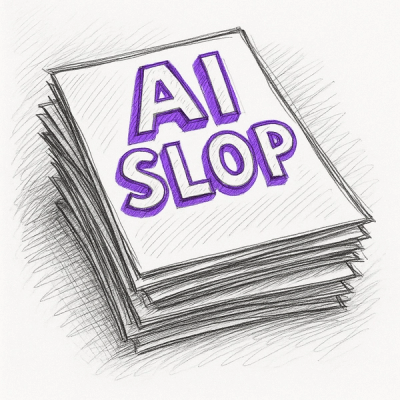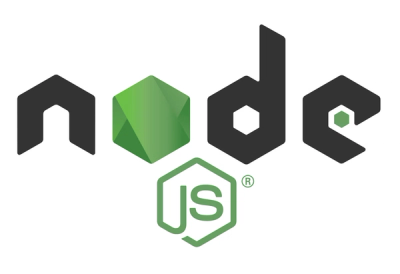
Security News
Django Joins curl in Pushing Back on AI Slop Security Reports
Django has updated its security policies to reject AI-generated vulnerability reports that include fabricated or unverifiable content.
react-with-gesture
Advanced tools
These demos are real, click them!
npm install react-with-gesture
Ever thought about doing that sidebar pull-out, a view pager, some slider, any gesture on the web basically, and dropped the idea because it's too hard? In that case, this is your lib.
React-with-gesture is a small utility that lets you bind richer mouse and touch events to any component or view. With the data you receive it becomes trivial to set up gestures, and often takes no more than a few lines of code.
You can use it stand-alone, but to make the most of it you should combine it with an animation library like react-spring, though you can most certainly use any other.
import { useGesture, withGesture, Gesture } from 'react-with-gesture'
The api is straight forward. You can use React-hooks, render-props or higher-order-components. You bind handlers to your view (done for you if you use render-props or hoc's), and you will receive events when you click/drag/pull/release it. Hooks however are preferred, since they allow gestures to be re-used for more than one view (you can use the same bind() function multiple times!).
// Full config with event handler
const bind = useGesture({ onAction: event => eventHandler, ...config })
return <div {...bind(optionalArgs)} />
// Short cut with event handler (becomes onAction + default config)
const bind = useGesture(event => eventHandler)
return <div {...bind(optionalArgs)} />
// Without onAction it will re-render the component on event changes with fresh props
const [bind, props] = useGesture({ ...config })
return <div {...bind(optionalArgs)} />
render() {
return (
<Gesture {...config}>
{event => <div />}
</Gesture>
)
}
@withGesture(config)
class extends React.Component {
render() {
const event = this.props.event
return <div />
}
}
withGesture(config)(Component)
{
touch: true, // accept touch input
mouse: true, // accept mouse input
passive: { passive: true }, // event handler 3rd argument input, passive by default
onAction: undefined // event => eventHandler, respond to events outside React's render cycle
onMove: undefined // event => eventHandler, respond to mousemove/touchmove events within React's render cycle
onUp: undefined // event => eventHandler, respond to mouseup/touchend events within React's render cycle
onDown: undefined // event => eventHandler, respond to touchstart/mousedown events within React's render cycle
}
{
event, // source event
target, // dom node
time, // time tag
initial, // click coordinates (vec2)
xy, // page coordinates (vec2)
previous, // previous page coordinates (vec2)
delta, // delta offset (xy - initial) (vec2)
direction, // direction normal (vec2)
local, // delta with book-keeping (vec2)
velocity, // drag momentuum / speed
distance, // delta distance
down, // mouse / touch down
first, // marks first event (mouse / touch down)
args, // arguments optionally passed to bind(a,b,c,d,..)
temp, // arguments optionally returned by onActions eventHandler
shiftKey, // shift pressed (true/false)
}

Demo: https://codesandbox.io/embed/l2wy87l28l
In this example we use useGesture's default syntax, where each change ends up re-rendering the component so that we get fresh props that we simply stick into the view. In this case we fetch local off the gesture event, which keeps track of delta positions after release. Deltas are especially important in this lib, because they make it possible to use transitions for positioning, instead of doing complex getBoundingClientRect() calculations to figure out where a node went on the screen.
const [bind, { local: [x, y] }] = useGesture()
return <div {...bind()} style={{ transform: `translate3d(${x}px,${y}px,0)` }} />

Demo: https://codesandbox.io/embed/r24mzvo3q
Re-rendering on every event can be taxing, but it can be avoided. If you are using an animation lib that can update the view outside of React (for instance react-spring or animated), then you can use the onAction syntax, which gives you a callback in which you receive events.
const [{ xy }, set] = useSpring(() => ({ xy: [0, 0] }))
const bind = useGesture(({ down, delta }) => set({ xy: down ? delta : [0, 0] }))
return (
<animated.div
{...bind()}
style={{ transform: xy.interpolate((x, y) => `translate3d(${x}px,${y}px,0)`) }}
/>
)

Demo: https://codesandbox.io/embed/zq19y1xr9m
This demo reads out further data like velocity and direction to calculate decay. temp in this case is a simple storage that picks up whatever value you (optionally) return inside the event handler. It's valid as long as the gesture is active. Without this you would need to store the initial xy value somewhere else and conditionally update it when the gesture begins.
const [{ xy }, set] = useSpring(() => ({ xy: [0, 0] }))
const bind = useGesture(({ down, delta, velocity, direction, temp = xy.getValue() }) => {
set({
xy: add(delta, temp),
immediate: down,
config: { velocity: scale(direction, velocity), decay: true }
})
return temp
})
return (
<animated.div
{...bind()}
style={{ transform: xy.interpolate((x, y) => `translate3d(${x}px,${y}px,0)`) }}
/>
)
FAQs
hoc for receiving gestures
The npm package react-with-gesture receives a total of 8,909 weekly downloads. As such, react-with-gesture popularity was classified as popular.
We found that react-with-gesture demonstrated a not healthy version release cadence and project activity because the last version was released a year ago. It has 1 open source maintainer collaborating on the project.
Did you know?

Socket for GitHub automatically highlights issues in each pull request and monitors the health of all your open source dependencies. Discover the contents of your packages and block harmful activity before you install or update your dependencies.

Security News
Django has updated its security policies to reject AI-generated vulnerability reports that include fabricated or unverifiable content.

Security News
ECMAScript 2025 introduces Iterator Helpers, Set methods, JSON modules, and more in its latest spec update approved by Ecma in June 2025.

Security News
A new Node.js homepage button linking to paid support for EOL versions has sparked a heated discussion among contributors and the wider community.